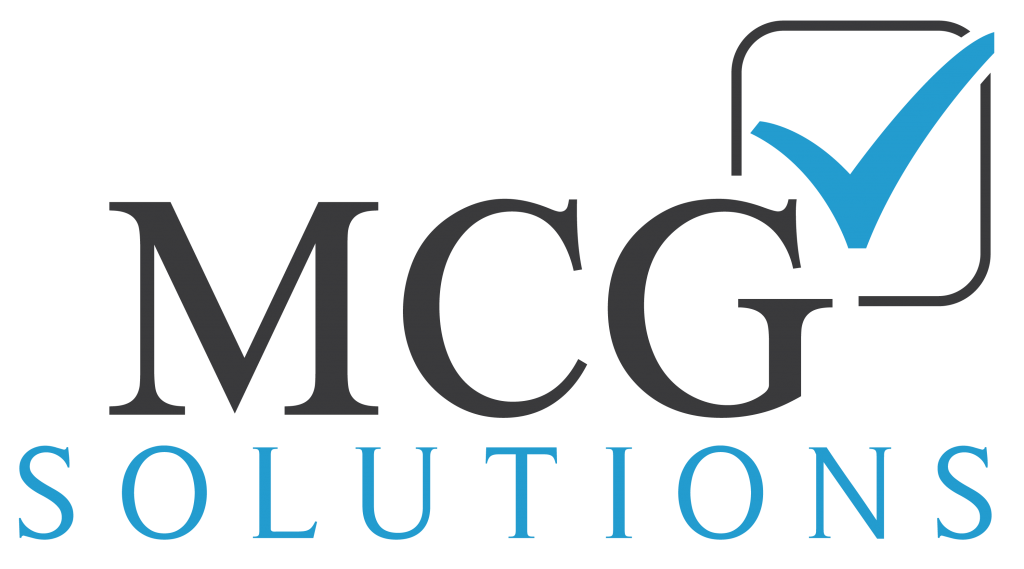Bookkeeping and accounting require attention to detail to ensure an accurate picture of your company’s finances. Unfortunately, sometimes discrepancies and confusion arise—but transactions still must be recorded. Suspense accounts allow you to record transactions, then resolve any issues later.
Here’s a brief overview of what suspense accounts are and how to effectively utilize them in your business.
Understanding suspense accounts
Suspense accounts are a “catch-all” account in a company’s general ledger. “Suspense” simply means the transaction, whether incoming or outgoing, has been temporarily suspended. They’re used to record problematic transactions, such as when someone writes down the wrong account number or doesn’t indicate which of their invoices they’re paying off. Whenever you’re unsure of where a transaction should go or how it should be handled, you can log it in your suspense account to be resolved at a later date.
Typically, suspense accounts are resolved on a regular basis. Most small businesses clear their suspense accounts monthly or quarterly. To resolve the suspense account, you or your bookkeeper review the transaction and correct any errors, like finding the right account number for a client or properly categorizing a transaction. When a suspense account is resolved, it should have a zero-dollar balance.
Keep in mind that this overview is about business suspense accounts. Mortgage suspense accounts are also common, but unless your company is purchasing real estate, you probably won’t encounter that type of suspense account in the course of regular business.
A suspense account is considered a current asset—it’s typically used to record accounts receivable payments. It’s possible to use suspense accounts for liabilities, particularly if you have an accounts payable transaction which needs to be appropriately categorized. In that case, the liability suspense account is considered a current liability—money your business owes to vendors and suppliers.
Although suspense accounts and clearing accounts are both used to temporarily record transactions, suspense accounts are used when you need to resolve questions about the transaction. Clearing accounts are used to move money between accounts if you cannot move the money directly from one account to the other.
Best practices
The key to maintaining your suspense account is to set up a schedule for regular resolution. The more frequently you resolve your suspense account transactions, the less likely you will forget the details of the transaction or why it was questioned in the first place. The more transactions allowed to languish in the suspense account, the more complicated resolution will be.
Next, regularly your suspense accounts to see which types of transactions are most often recorded there. If you notice a pattern—for example, one particular client account or a specific type of transaction—you can make system-wide changes to avoid suspense account transactions in the future.
Finally, make sure your suspense account has a zero balance by the end of your fiscal year. This is important to ensure you’re not creating financial statements with unidentified transactions, which impacts any analysis you perform.
When your small business needs bookkeeping and tax preparation assistance, MCG Solutions can help. Reach out today to learn more about our services.

